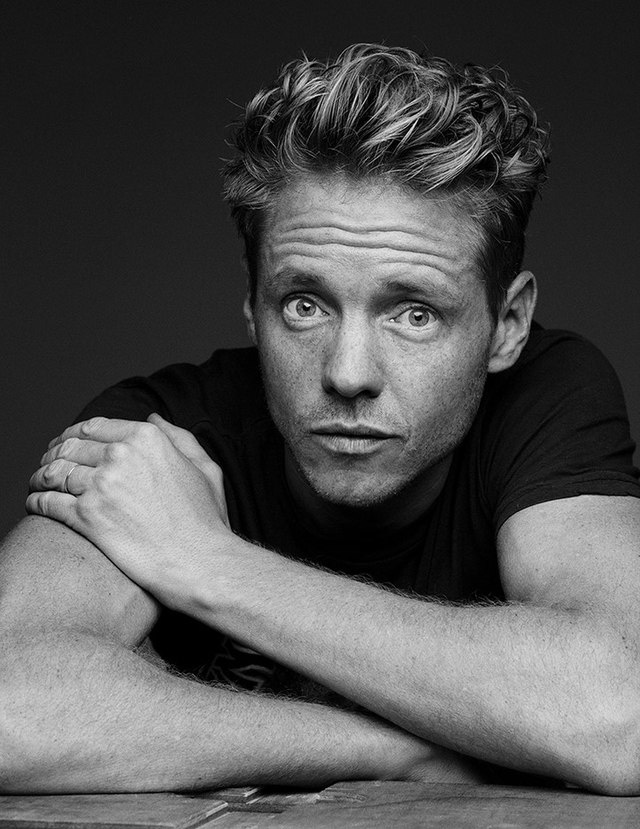Pieter Henket is a Dutch photographer living and working in New York City. His notable work includes shooting the cover of
Lady Gaga’s debut album
The Fame, and photographing National Congolese acting out their mythologies in the Congo rainforest for the book
Congo Tales published by Random House / Prestel Publishing in 2018. He is known for a photographic style that takes inspiration from the 17th-century Dutch Golden Age of painting.
Henket was born in Geldrop, Netherlands. He is the son of the Dutch architect Hubert-Jan Henket and the nephew of the Dutch photographer
Bertien van Manen. After high school in the Netherlands, Henket moved to the States to take a three-month film course at the New York Film Academy, followed by a documentary-film-making course at the NYU film school. Shortly after, Henket got his start by interning for director
Joel Schumacher.
In 1999, he worked on the set of the film
Flawless, starring
Robert De Niro and
Philip Seymour Hoffman. He had a long-time collaboration with recording artist and producer
Ryan Leslie. He has worked with celebrities such as
Anjelica Huston,
Mary-Kate Olsen,
Sir Ben Kingsley,
Kristen Stewart and Lady Gaga for whose debut album The Fame Henket shot. In 2010, the iconic image was presented at the
American Woman exhibition at the
Metropolitan Museum of Art in New York.
In 2015 Henket was commissioned by
Tales of Us in Berlin to photograph Congolese from the Mbomo District acting out their mythologies in the Odzala Kokoua National Park for the book
Congo Tales.
Source: Wikipedia
About Congo Tales
In the deep heart of Africa lies a tropical rainforest second only in size to the Amazon – the Congo Basin. It measures 500 million acres, spans 6 nations, and is home to some of the largest swaths of intact tropical rainforest in the world, with the pristine Odzala Kokoua National Park as the crown jewel.
Known to ecologists as the world’s second lung, the Congo Basin is the Earth’s other Amazon – as vital to preventing runaway Climate Change as the Brazilian rainforest and as vulnerable to deforestation and abuse. Yet the Congo Basin falls far short of the Amazon when it comes to the world’s awareness of it as a major player in the global environment, a cathedral of nature’s treasures, and a stopgap against looming ecological catastrophe. Published in 2018 by Prestel, Congo Tales is intended to help solve this lack of awareness, and help create a conservation infrastructure for this critical pillar of the world’s fragile ecological balance.
Upturning the traditional conventions of fear-based environmental messaging and the portrayal of Africa solely as a place of plague and war, Congo Tales takes a completely different approach to communicating the urgency of conservation efforts in this region. Channeling the primal heartbeat of one of the world’s most powerful ecosystems and the people who call it home, the mythological tales of the Congolese – of supernatural forces in control of life and death, of ritualistic initiations into adulthood, of the laws of nature that lie outside the laws of people – are revealed as a treasure trove of universal wisdom that is both existential and pragmatic, with the unspoiled Odzala Kokoua National Park as stage and actor.
Source: The Independant Photographer
